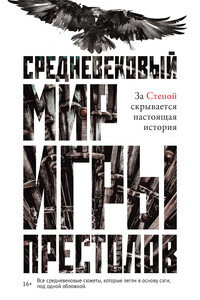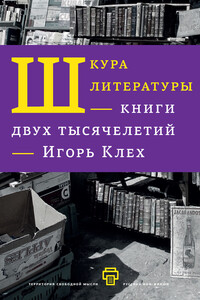40 лет Санкт-Петербургской типологической школе - страница 37
Literary sources usually point out the fact that these formatives are connected with the sphere of onomatopoeia and sound symbolism. Wilmanns [1896: 93,98], for instance, states that German verbs in — em chiefly denote repeated, rapid and brief movements, and aural and visual impressions of such movements, and «a large number of them are onomatopoeic formations [plätschem „splash“, stottem „stutter“, glitzem „glitter“)». Kluge [1913: 10] observes that Old Germanic verbs with the suffix — arôn (as in OHG flogarôn «flutter») always denote movement, noise and light.
The significant role of iconicity in RL-formatives is noted i. a. by Paul [1959: 119,121], Schmidt [1964: 122], Fleischer [1983: 321–322] for German, Hummelstedt [1939: 133], Wessén [Wessén 1970: 110] for Swedish, Rijpma, Schuringa [1971: 147] for Dutch. De Vooys [1967: 247], in his study of Dutch onomatopoeic and sound-symbolic expressivism, writes that «frequentatives» (iteratives) «could have been, from the very beginning… a product of what Paul called Uhrschöpfung».
Thus the sphere of Germanic iterative RL-formatives is vocabulary that in origin is iconic (words like those for sound, movement, light, speech, physical and emotional states are a prominent and universally acknowledged part of the iconic lexis), and the stems of RL-formatives are in origin iconic.
However, the iconic nature of the stem in these verbs is not sufficient ground to pass judgement on the nature and origin of the RL-formatives themselves. Some authors speak of their inherent iconicity. Marchand, for instance, observes: «Words in — er are compounds of several symbolic elements, one of which is final — er» [Marchand 1969:
273]; «Like — er, — le is not a derivative suffix proper from existing roots. <…> Many verbs have probably never had a simple root without the /l/ element…» [ibid: 323].
It is usually noted that modem Germanic RL-suffixes go back to West-Germanic and Scandinavian secondary suffixes (a result of metanalysis) with the determinatives — r-, — l-, OS, OHG — arô-, -aiô-;OIcel — ra, — la Guxman [1966: 201]; it is also noted that determinatives that belong to the compound secondary suffix are, in origin, — and this is important — part of the underlying stem — they actually are its final consonant Belyaeva [1965: 128]. We thus have in evidence two facts of the utmost importance: the iterative RL-formative is, in origin, part of the underlying stem; this stem is iconic in nature.
All this brings us to the conclusion: Germanic iterative RL-for-matives are iconic in origin, and their nature is iconic.
Surprisingly enough, this conclusion, so evident for the unbiased — and objectively the only one feasible — had not been formulated earlier, clearly and unambiguously.
Our conclusion re the Germanic RL-formatives is corroborated by «external» data from various other languages.
The cross-linguistic geography of RL-formatives is indeed impressive, all of them honouring one and the same macropattem.
Ramstedt [1952] stresses the fact that «Word formation in Altaic languages evinces a strong preference for onomatopoeic renderings». Ramstedt cites i. a. verbs in — ra, — la, — kira: Turkic jiltire «to glimmer, flicker», bürkä «to bum», titire «to tremble»; Mongolian burla «grumble»; sis-kire «to whistle» [ibid.].
For Turkish, Dmitriev [1962: 64f] discussed ut/ül/~ ït//il, ur//ür ~ïr//ir (e. g. in zïrïl «the purling or murmur of water» and



